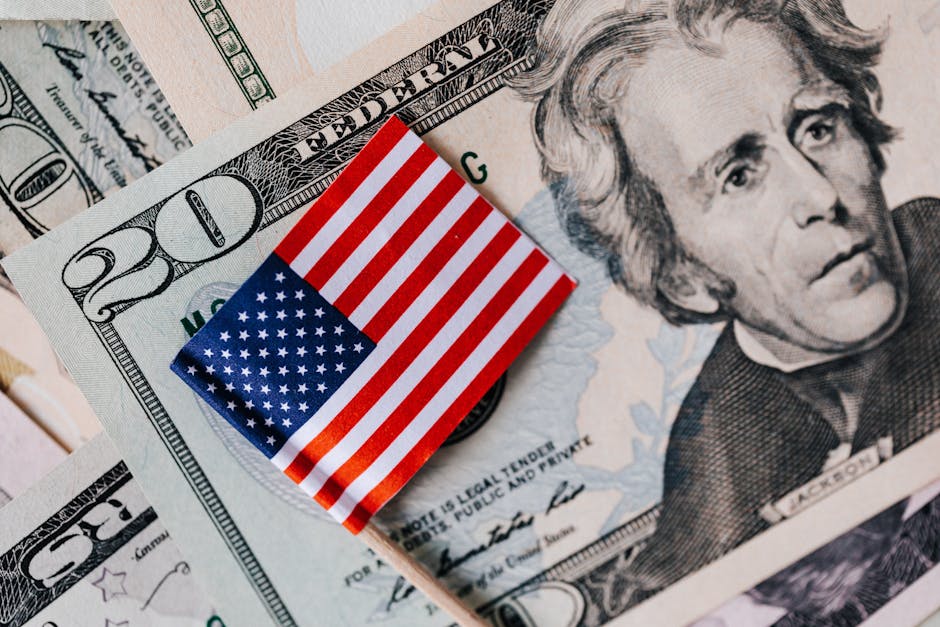Companies with the best and the worst technicals.
Lists of companies in NSE500 with the best and the worst technicals...
Lists of companies in NSE500 with the best and the worst technicals...
Lists of companies in NSE500 with the best and the worst fundamentals...
List of the latest important filings for NSE500....

Morepen Laboratories Limited's strategic acquisition in the medical devices industry underscores its...

RailTel Corporation of India Ltd. has announced significant work orders to ensure...

This document outlines Railway Vikas Nigam Limited's success in EPC contracts and...

The escalating trade tensions between the United States and China have increasingly taken on the quality of a high-stakes game of dare. Initially sparked by the US's imposition of tariffs on Chinese goods in 2018, the trade conflict has morphed into a complex web of retaliatory measures affecting global markets. As both nations play this dual-edged game, the implications extend far beyond their borders, shaping the livelihoods of millions and impacting the dynamics of international trade.
In July 2018, the US imposed a 25% tariff on $34 billion worth of Chinese goods, igniting a response from China that included tariffs on American agricultural products and other exports. By December 2020, tariffs had escalated, affecting over $370 billion in goods annually. The Biden administration continued this tough approach, with tariffs remaining in effect as of 2023.
This ongoing trade war is not only a battle for dominance between two superpowers, but it is also a dare that tests global supply chains and international trade norms. America argues that tariffs protect domestic industries and labor, whereas China claims its own economic stability is at stake, prompting leaders from both countries to adopt a hardline stance.
As the US and China implement and retaliate against tariffs, the impact is felt globally. A report from the World Bank indicated that these tariffs could reduce global GDP by 0.5%—equivalent to a loss of approximately $500 billion. Supply chains have been disrupted, with businesses scrambling to adjust to new costs or find alternative markets. For example, Apple Inc. relies heavily on Chinese manufacturing, and tariffs on components resulted in increased production costs, threatening its profit margins.
Moreover, countries that had traditionally benefited from a balanced trade relationship with both the US and China, like Australia, have found themselves caught in the crossfire. Australian wine exports faced additional tariffs from China, leading to a significant market shift that impacted local vintners severely. Other emerging economies are also feeling the effects as their exports become less competitive in the global marketplace.
As in any trade conflict, there are discernible winners and losers. One of the most notable beneficiaries of the US-China trade war has been Southeast Asia. Countries like Vietnam, Thailand, and Malaysia have seen an influx of foreign investment as companies seek to relocate their manufacturing bases from China to avoid tariffs. According to a report from the Asian Development Bank (ADB), Vietnam's economy could grow by an additional 2% between 2020 and 2025, largely thanks to companies moving their supply chains out of China.
Conversely, the biggest losers in this complex game of dare are the American consumers and small to medium-sized enterprises (SMEs). Industries reliant on imported materials, like the construction sector, have faced soaring costs. For instance, the National Association of Home Builders reported a 20% increase in the price of building materials due to tariffs, fundamentally reshaping housing market dynamics and pricing.
American farmers have also borne the brunt of retaliatory tariffs from China. In 2019, targeted tariffs effectively put a halt to the export of soybeans, which constituted about $14 billion in trade prior to the conflict, leaving many farmers struggling for viability. Although the US government offered $28 billion in aid to farmers affected by the trade war, it has not completely reversed the losses experienced in the sector.
The implications of the US-China trade war, shaped by the game of dare mentality, are vast. An uncertain trade landscape has brought about increased inflation across many sectors and posed challenges to growth forecasts worldwide. The International Monetary Fund (IMF) has warned that prolonged tensions could lead to a more significant economic downturn, impacting employment rates and economic stability in multiple regions.
Moreover, the tech industry is under scrutiny as both nations prioritize self-sufficiency. As companies like Huawei face sanctions by the US, the battle moves to the technological frontier, emphasizing advanced manufacturing and intellectual property concerns. A report by McKinsey indicates that if current trade barriers remain, the world could see a bifurcation in the tech industry, leading to two competing spheres of influence driven by America and China.
As the trade war shows no signs of abating, it leads to one pressing question: Who will ultimately emerge as the victor in this dare between the US and China? While countries impacted by the conflict grapple with immediate concerns, future projections suggest a strategic pivot towards diversification in trade partnerships and supply chains. The real challenge lies in managing the consequences of this ongoing struggle, as nations work to adapt and find new avenues for cooperation amidst intense competition.

This article discusses the regulatory filings and strategic investments in the Power...

This article discusses ITC Limited's strategic moves, specifically their acquisition of Ample...